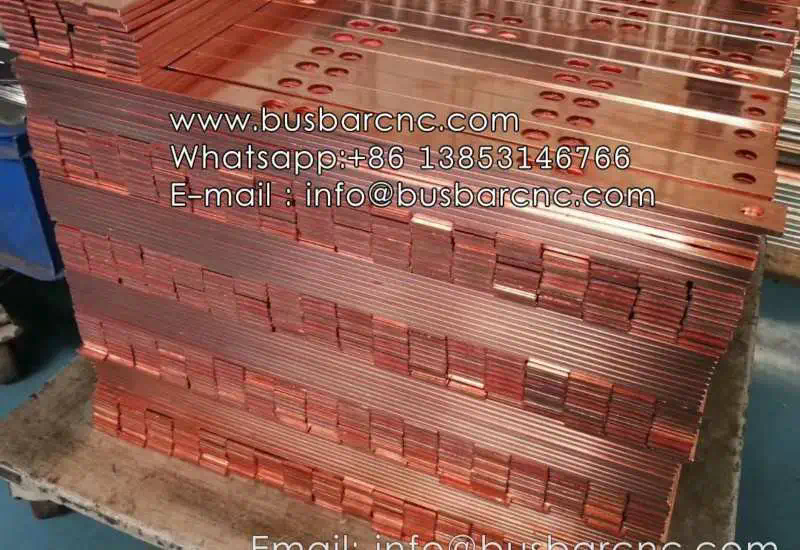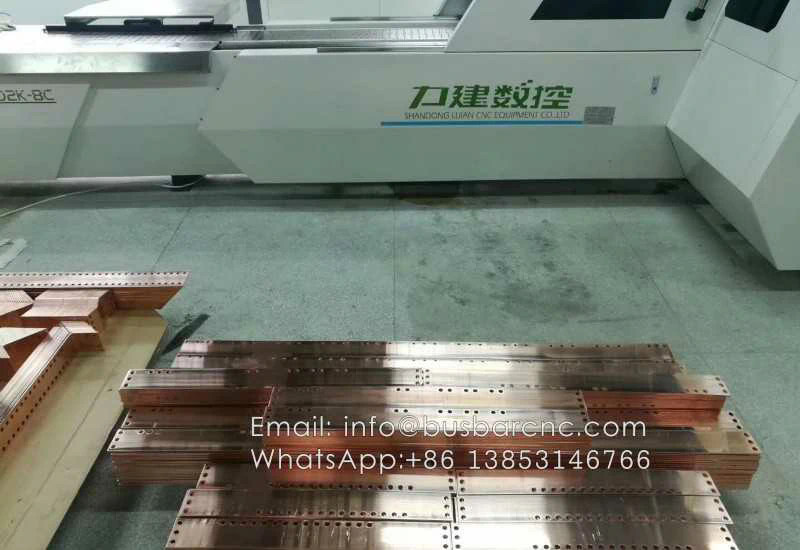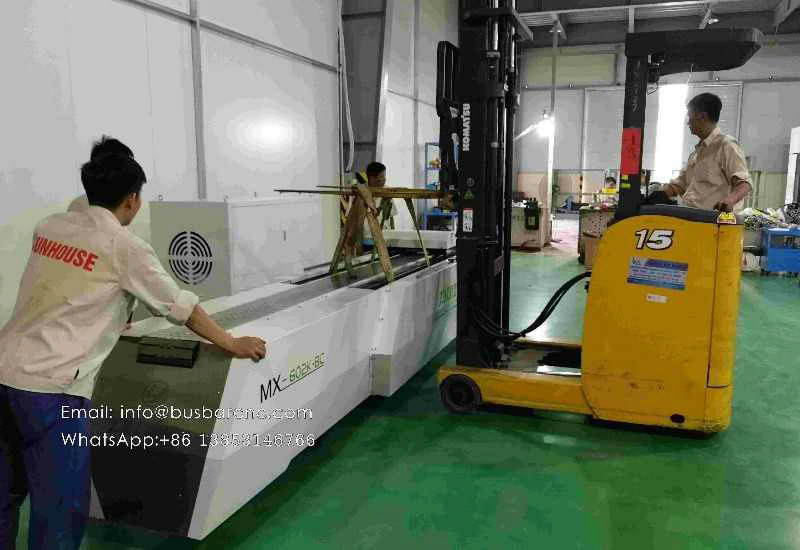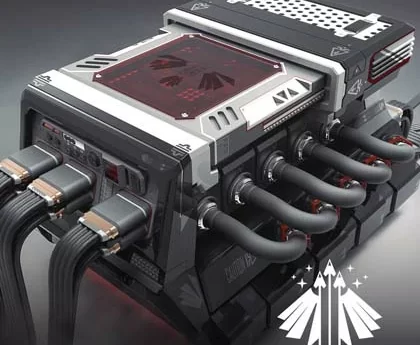The Evolution of Busbar Machines- From Manual to CNC
In the world of manufacturing, busbar machines play a crucial role in the process of fabricating electrical power distribution systems. These machines are used to cut, punch, bend, and process copper or aluminum busbars, which are essential components in electrical panels, switchgear, and other power distribution equipment. Over the years, busbar machines have evolved significantly, moving from manual operation to computer numerical control (CNC) technology.
The Era of Manual Busbar Machines
Before the advent of CNC technology, busbar machines were operated manually. This meant that operators had to perform each cutting, punching, and bending operation by hand, using mechanical tools and equipment. While manual busbar machines were effective to a certain extent, they were limited in terms of precision, speed, and efficiency.
Operators had to rely on their skill and experience to ensure that each busbar component was fabricated accurately. This often led to inconsistencies in the final product, as human error could impact the quality of the work. Additionally, manual busbar machines were labor-intensive, requiring significant physical effort to operate, especially when working with thick or heavy busbars.
The Transition to Semi-Automatic Busbar Machines
As technology advanced, semi-automatic busbar machines were introduced to help streamline the fabrication process. These machines combined some manual operations with automated features, such as hydraulic or pneumatic systems for cutting and bending. Semi-automatic busbar machines improved productivity and accuracy compared to their manual counterparts.

Operators could now program the machine to perform specific tasks, reducing the potential for human error and enhancing repeatability. Semi-automatic busbar machines also offered greater versatility, allowing for the processing of different busbar sizes and shapes with minimal adjustments. This flexibility made them ideal for manufacturers producing a variety of busbar components.
The Rise of CNC Busbar Machines
With the development of computer numerical control (CNC) technology, the busbar fabrication industry underwent a significant transformation. CNC busbar machines revolutionized the way busbars were manufactured, offering unprecedented levels of precision, speed, and automation. These machines were equipped with computerized controls that could execute complex cutting, punching, and bending sequences with incredible accuracy.
CNC busbar machines eliminated the need for manual copper busbar bending machine programming and setup, allowing operators to input design specifications directly into the machine’s software. This not only reduced the risk of errors but also accelerated the production process, enabling manufacturers to meet tight deadlines and deliver high-quality busbar components consistently.
The Benefits of CNC Busbar Machines
There are several key benefits associated with CNC busbar machines that have contributed to their widespread adoption in the industry:
1. Precision
CNC busbar machines offer unrivaled precision in the fabrication of busbar components. The computerized controls ensure that each cut, punch, and bend is executed with meticulous accuracy, resulting in high-quality finished products that meet exact specifications.
2. Speed
One of the most significant advantages of CNC busbar machines is their speed and efficiency. These machines can perform complex machining operations in a fraction of the time it would take a manual or semi-automatic machine to complete the same tasks. This increased productivity allows manufacturers to fulfill orders quickly and stay ahead of competition.

3. Automation
Automation is a key feature of CNC busbar machines, as it reduces the reliance on human intervention and minimizes the risk of errors. Once the design parameters are inputted, the machine can operate autonomously, carrying out the necessary machining processes without constant oversight from operators. This automation also enhances safety in the workplace by reducing the potential for accidents.
4. Versatility
CNC busbar machines are highly versatile and can accommodate a wide range of busbar sizes, shapes, and materials. Whether producing simple straight cuts or intricate bends, these machines can handle various fabrication tasks with ease, making them suitable for diverse manufacturing requirements.
The Future of Busbar Machines
As technology continues to advance, the future of busbar machines looks promising. Innovations in CNC technology, such as the integration of artificial intelligence and machine learning, are expected to further enhance the capabilities of busbar machines. These advancements will enable manufacturers to optimize production processes, increase efficiency, and deliver even higher-quality busbar components to meet the evolving demands of the industry.

In conclusion, the evolution of busbar machines from manual to CNC has had a profound impact on the manufacturing sector, particularly in the fabrication of electrical power distribution systems. The transition to CNC technology has brought about improvements in precision, speed, efficiency, and automation, making busbar production more streamlined and cost-effective. With continued innovation and technological advancements, CNC busbar machines will continue to play a vital role in the manufacturing industry, driving progress and innovation in busbar fabrication.
https://iflatiron.com/





